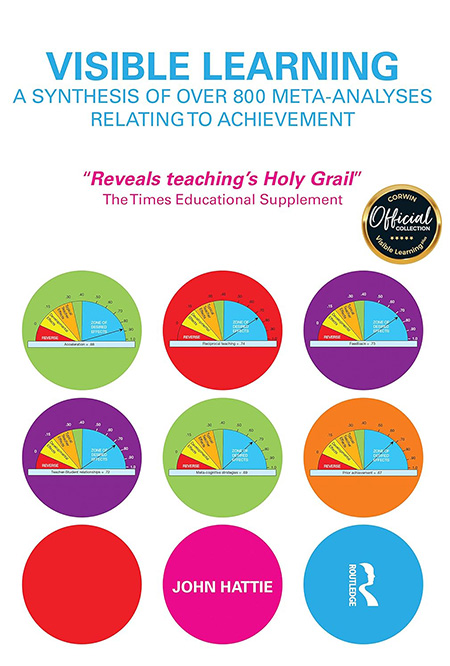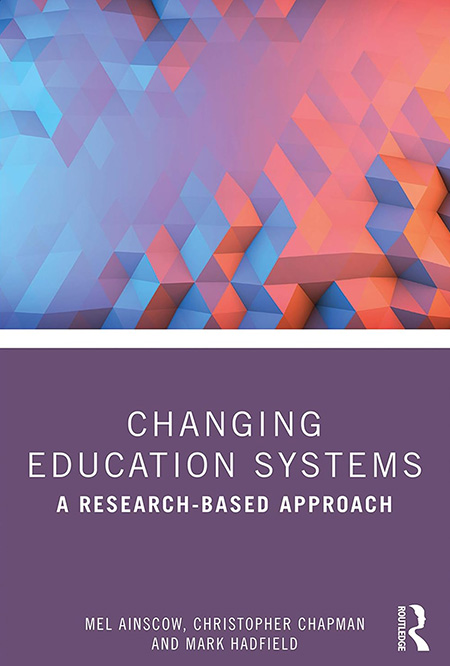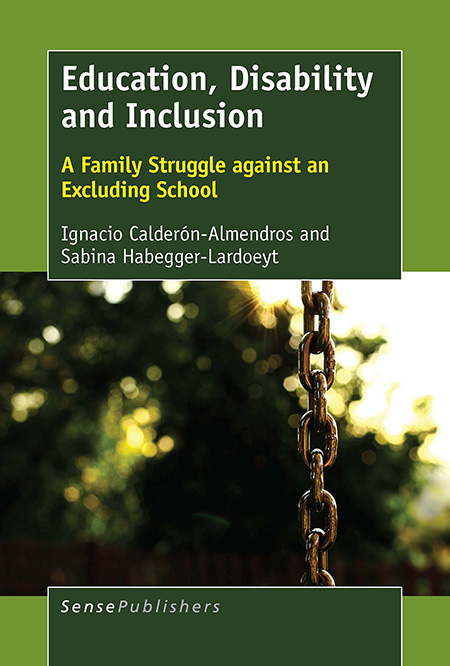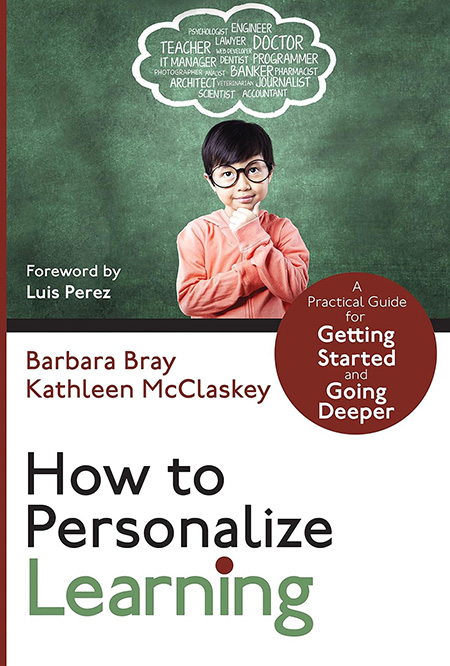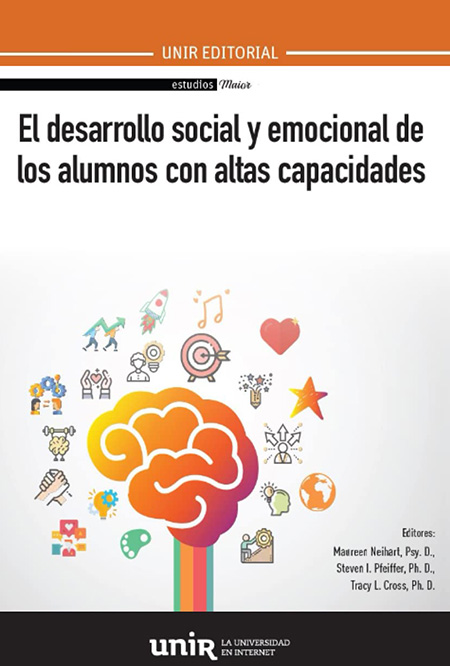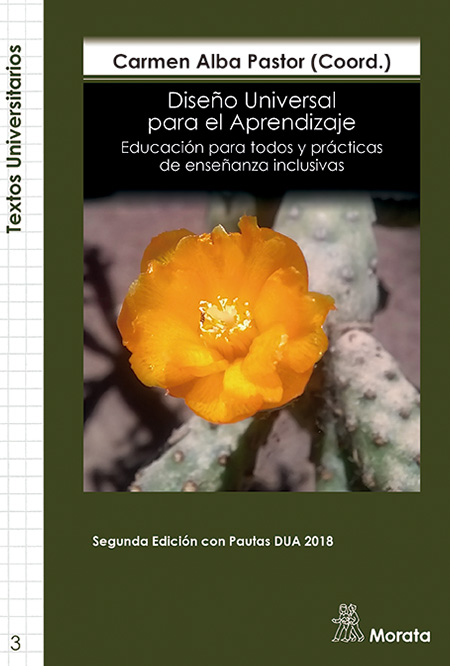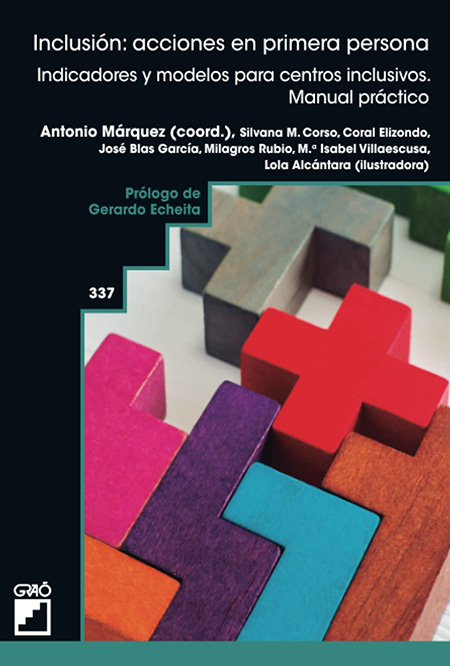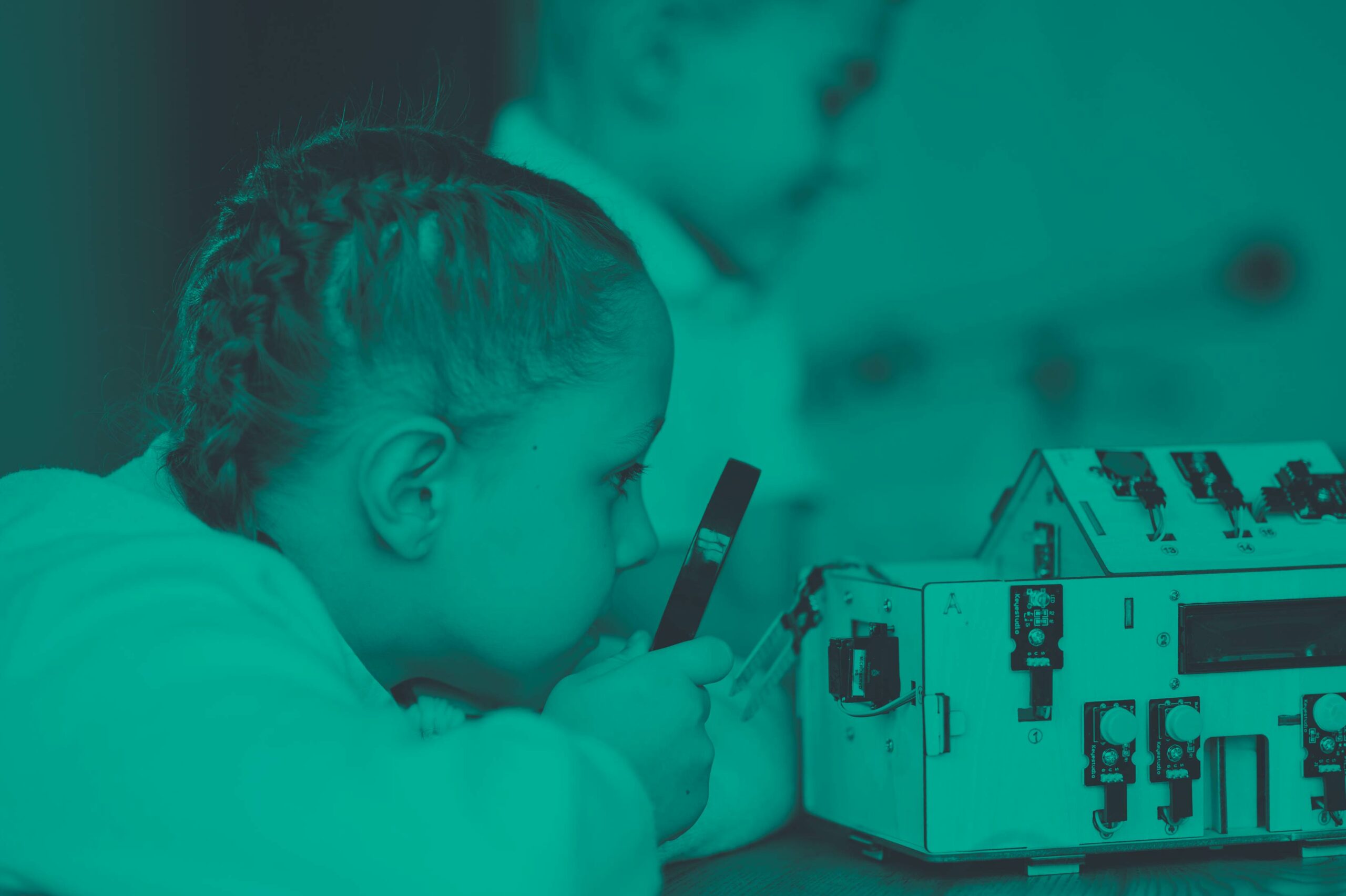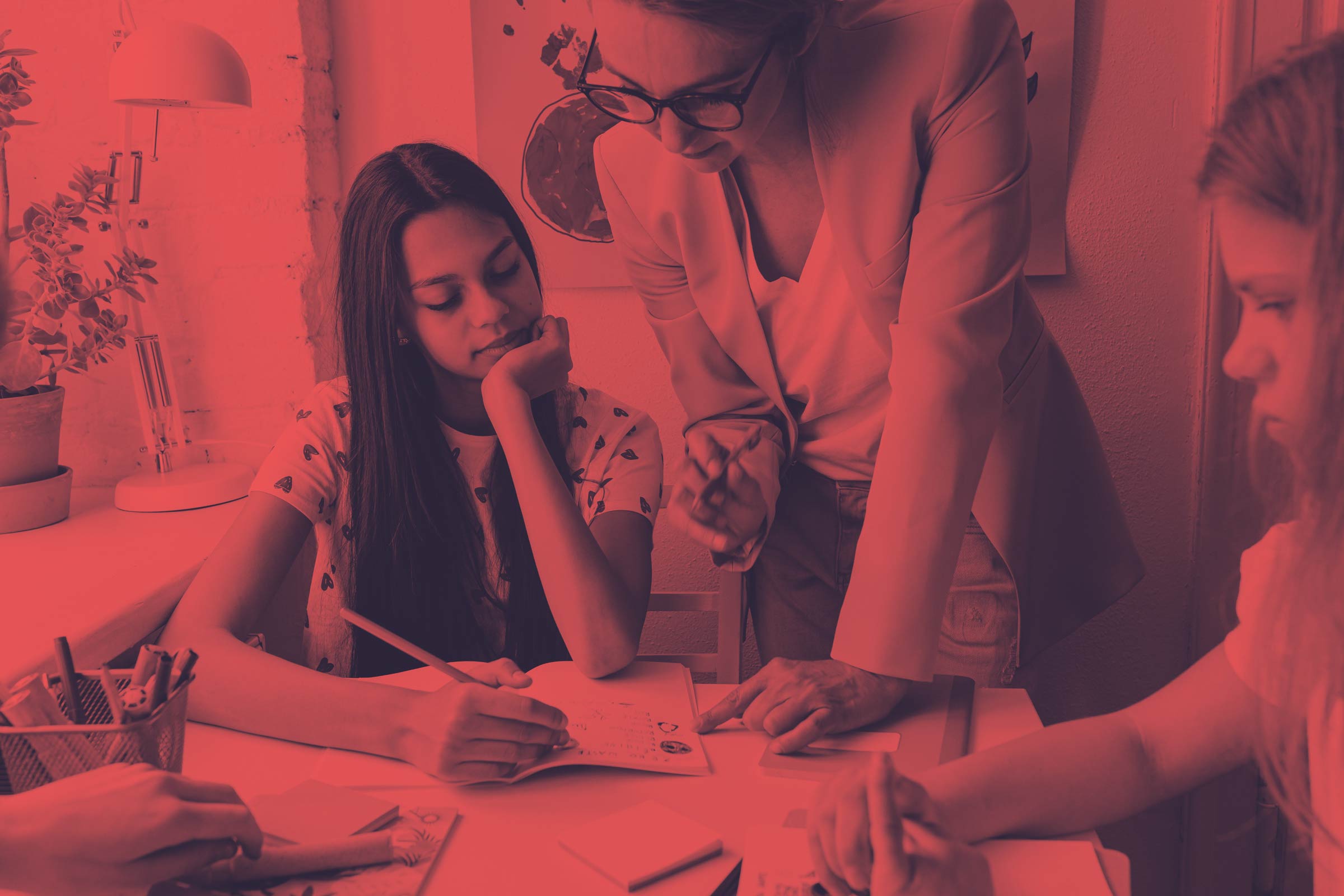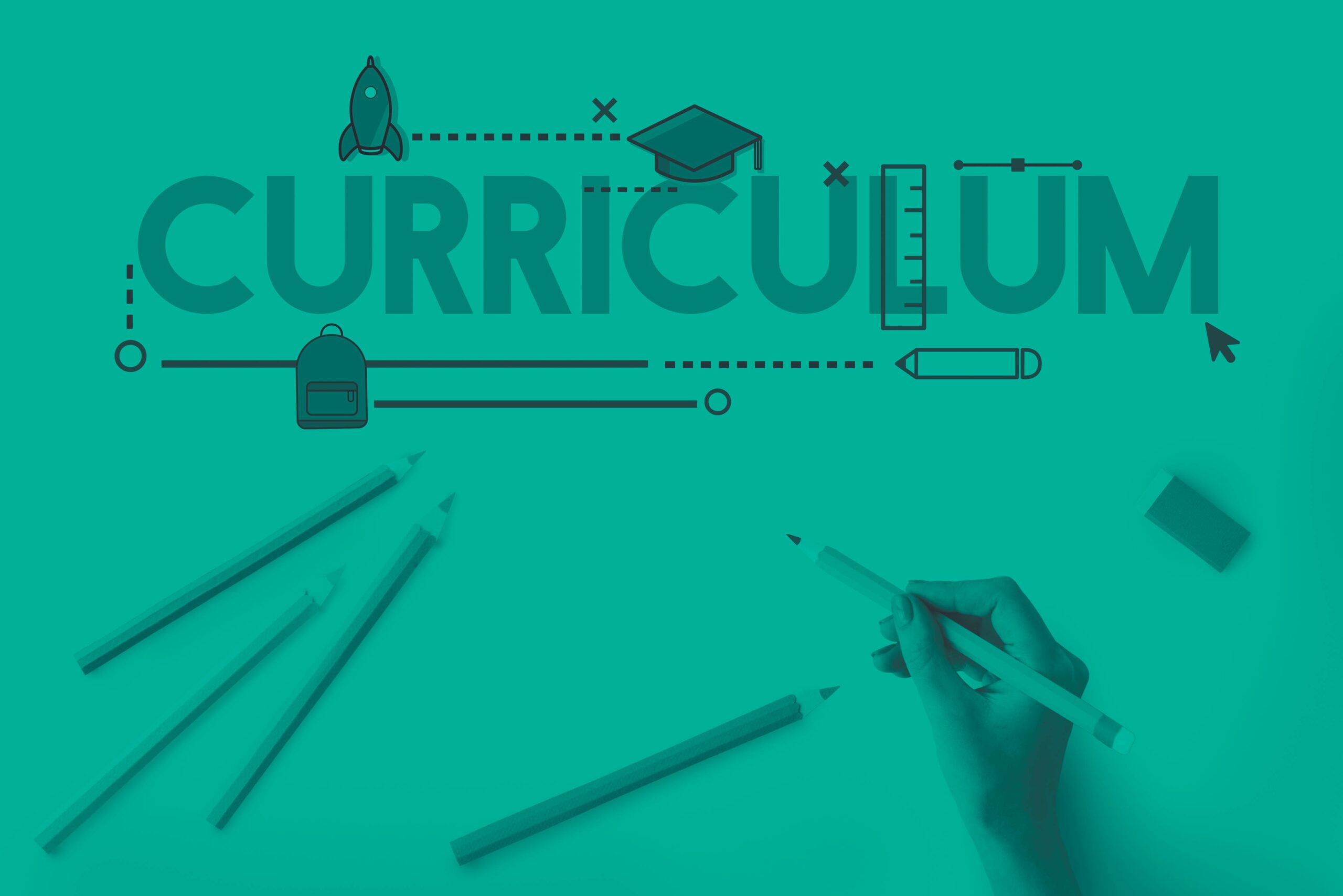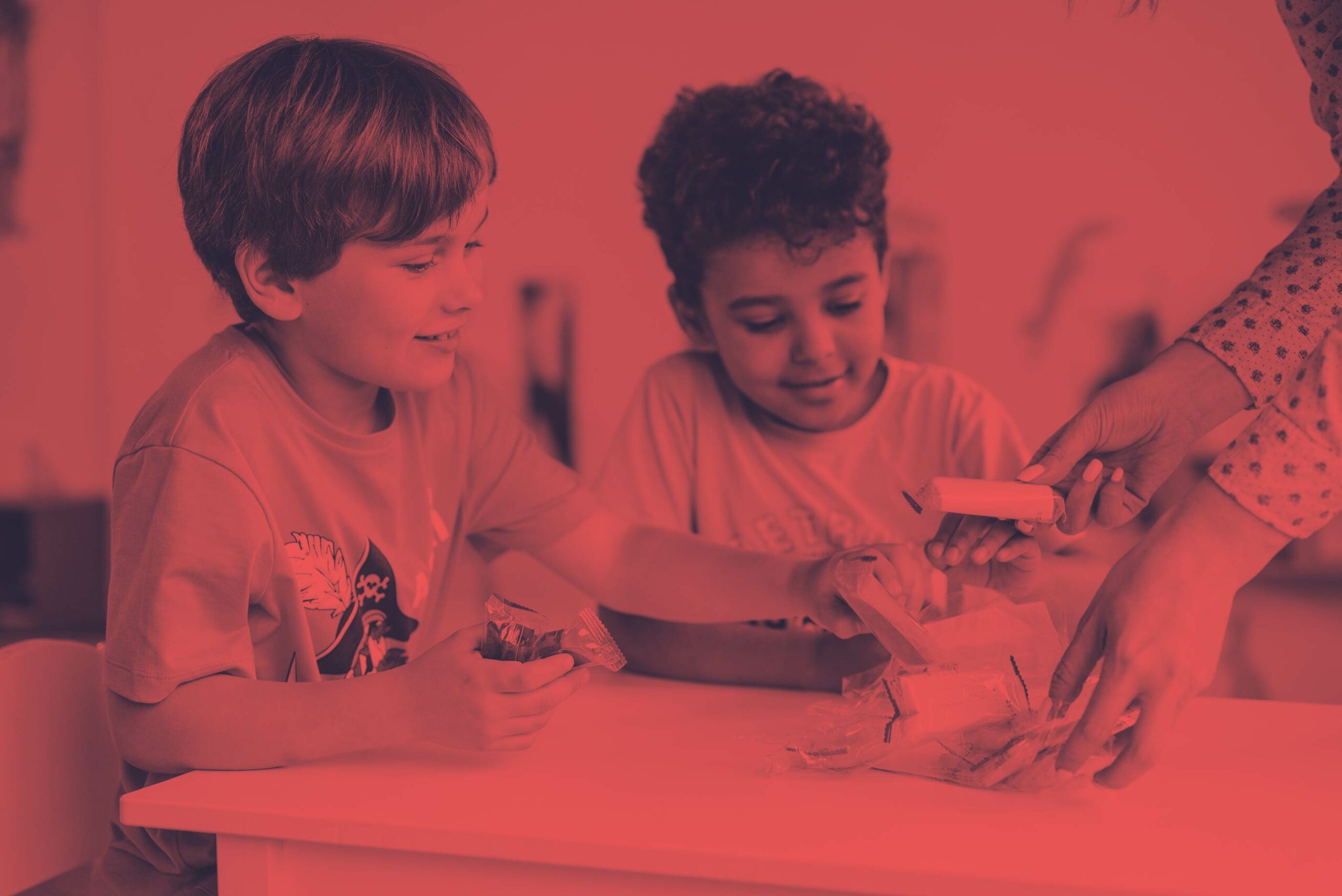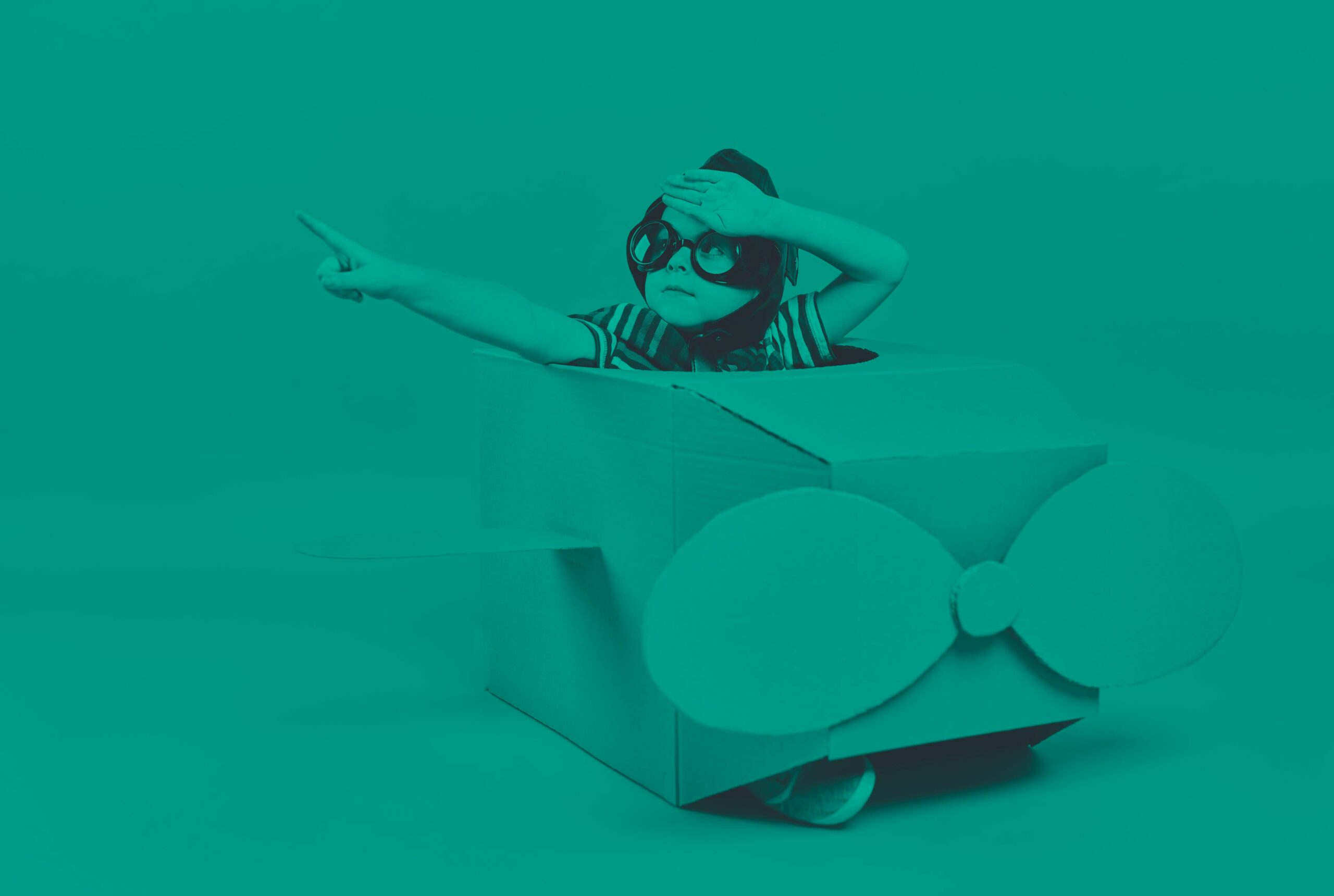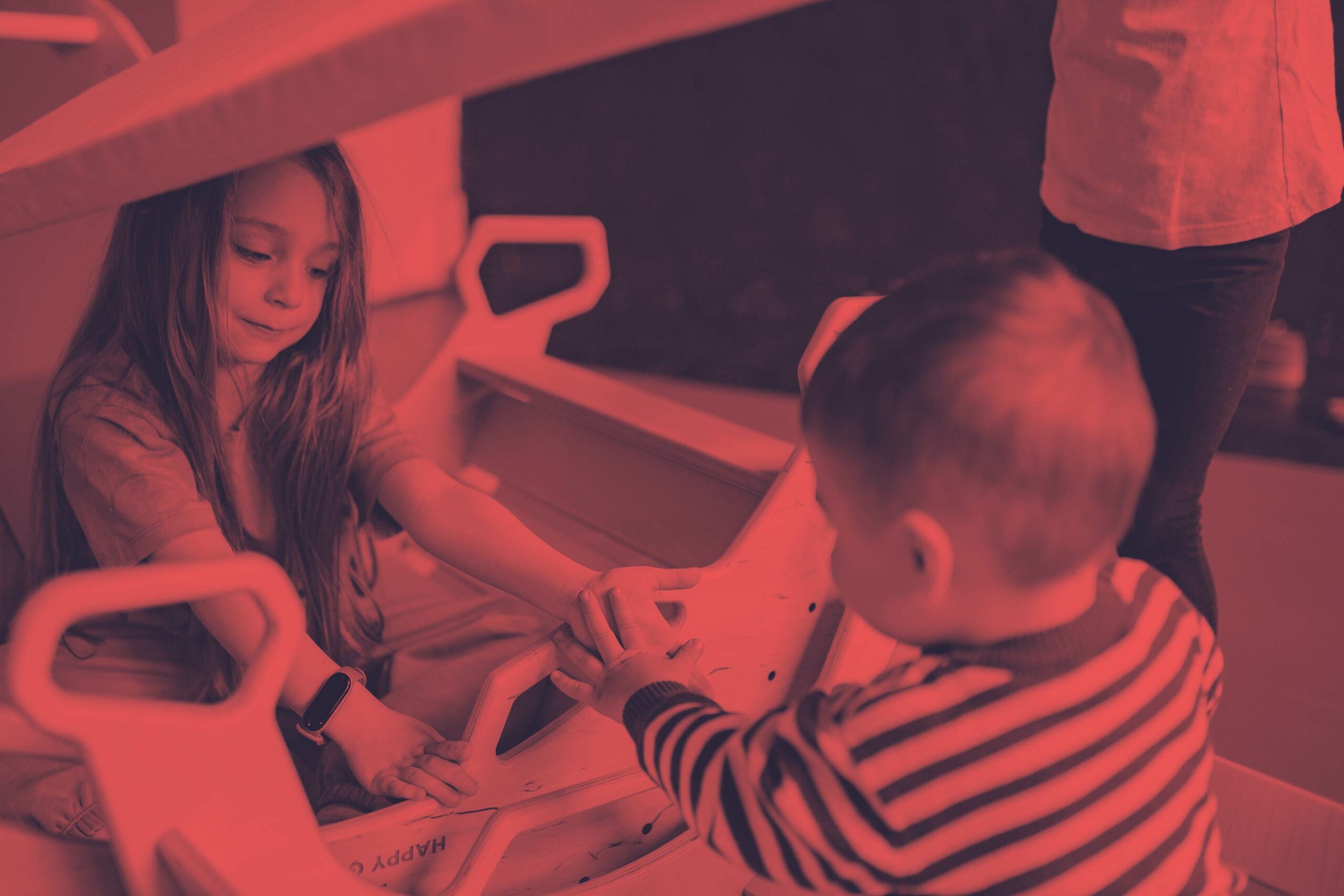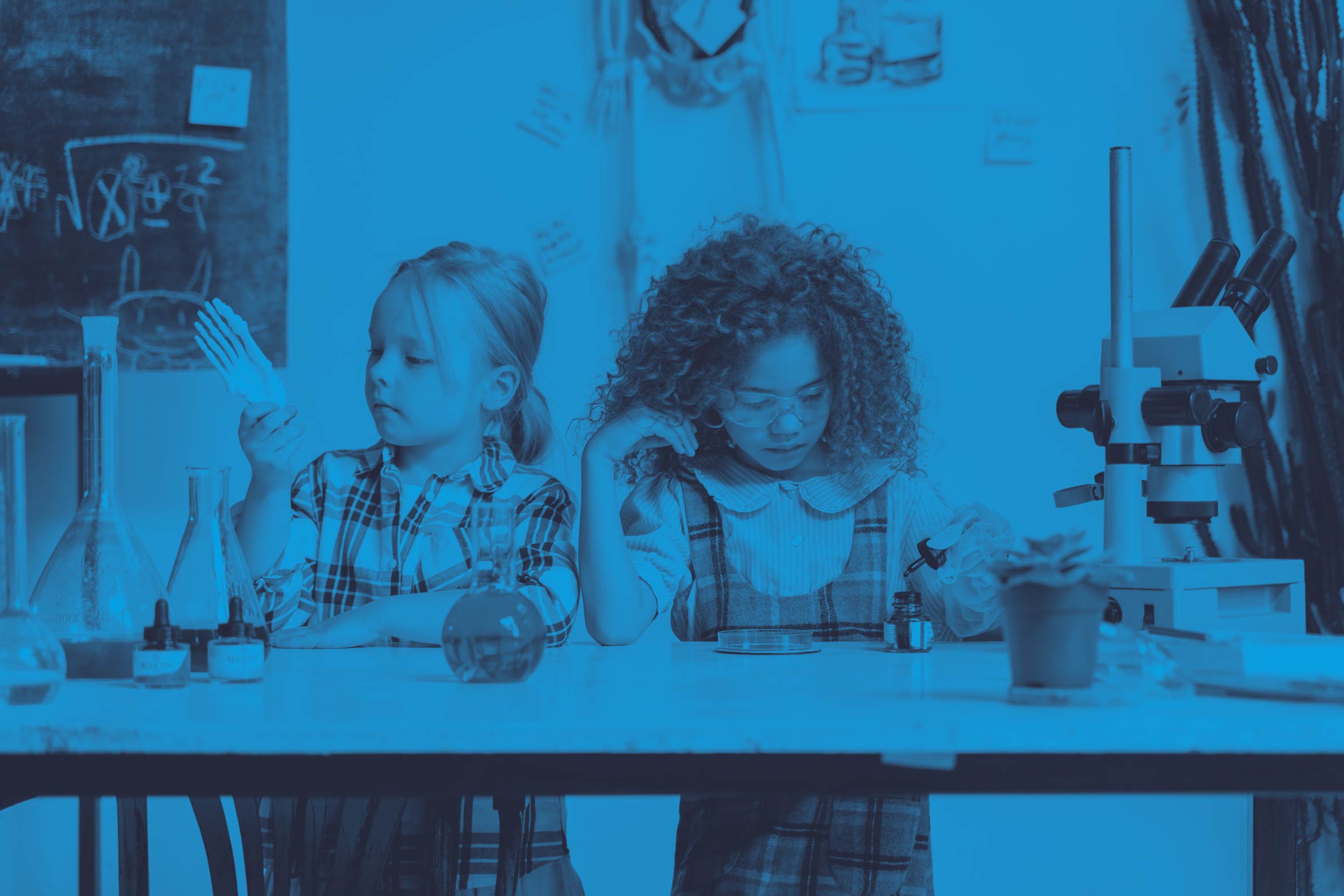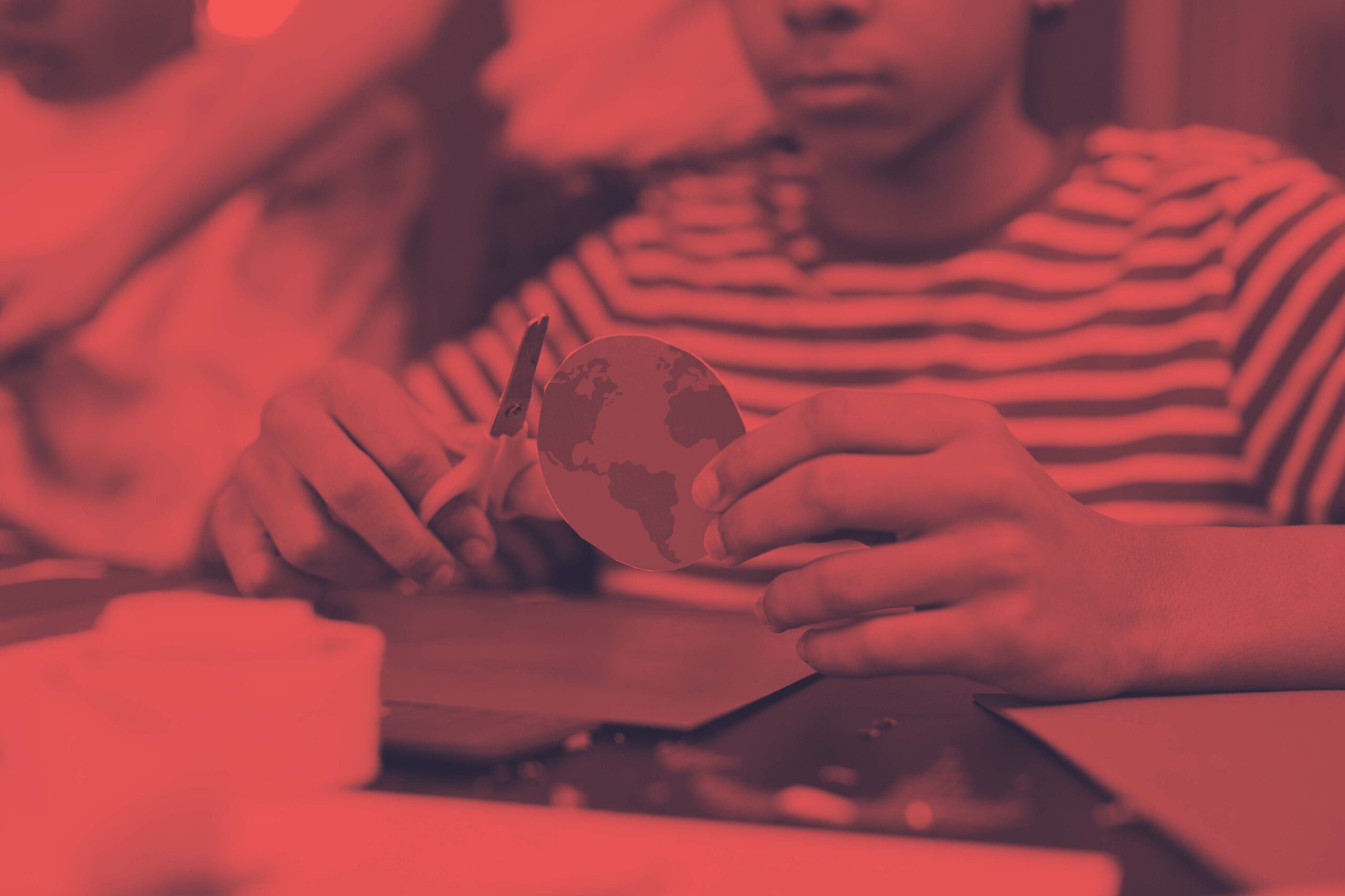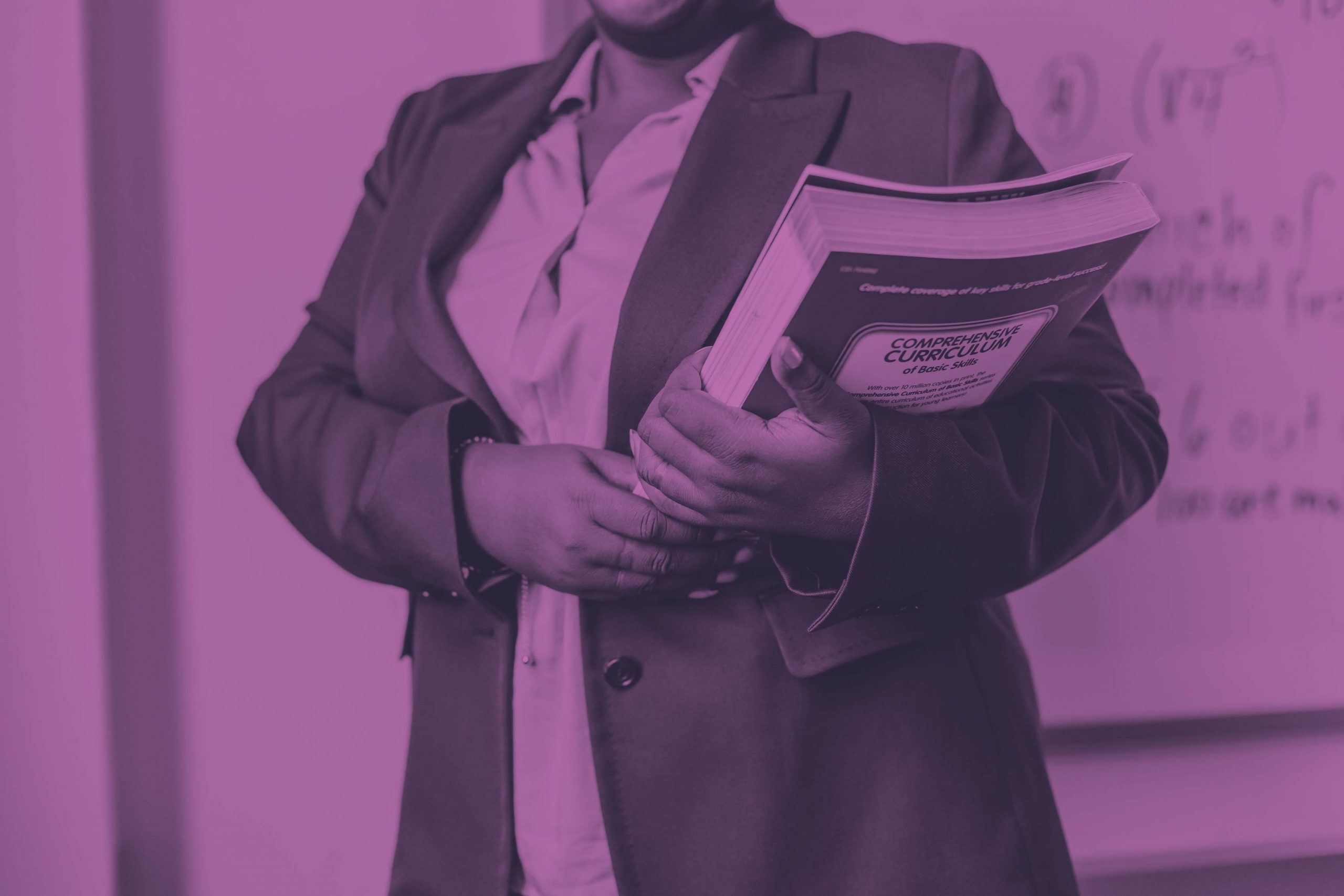Educational Personalization and Inclusion Library
La rebelión del talento
Summary: This book brings together international research approaches in the field of high abilities, talent development, creativity, multilevel learning and motivation, combined with the author’s experience as a teacher, personalisation specialist and mother of two highly able children.
El desarrollo social y emocional de los alumnos con altas capacidades
Summary: This book brings together research findings on aspects such as motivation, perfectionism, growth mindset and underachievement to give us the keys on how to modulate the environment, academic response and parenting style to favour the emotional and social development of children with high abilities.
Inclusión: acciones en primera persona. Indicadores y modelos para centros inclusivos
Summary: The authors start from a conceptual framework, delve into the methodologies and organisational models that facilitate this, consider coexistence as a tool for dealing with diversity in schools, authentic assessment, and even discuss the challenges facing the management of an inclusive school.
Education, Disability and Inclusion. A Family Struggle against and Excluding School
Summary: This work is a reflective account of the experience of Rafael Calderón Almendros – the first Spaniard with Down’s syndrome to obtain a degree in music – and his family. It questions many of the school practices and encourages us to rethink the commitment of educators to promote the autonomy of students and the recognition of others in their human and social rights.
Diseño Universal para el Aprendizaje. Educación para todos y prácticas de enseñanza inclusivas
Summary: This book is an introduction to SAD applied to our socio-cultural context. Drawing on findings from educational practice and research, learning theories, technologies and advances in neuroscience, it combines an inclusive view and approach to teaching with proposals for its application in practice.
Aulas inclusivas. Experiencias prácticas
Summary: This practical guide is a response to making inclusive mainstream classrooms a reality. It starts from the basis of teamwork. In this book we find a wealth of practical experiences that can facilitate the path to diversity, inclusion and equity for those who want to do so.
Make learning personal
Author: B. Bray & K. McClaskey, Corwin 2014
Summary: This book addresses the key approach to changing classrooms: culture and language. With a wealth of important and useful clarifications and distinctions, it helps to move from today’s dominant depersonalised classrooms to greater student motivation, engagement and achievement. It is packed with examples from the United States and beyond, and a great model of the journey of change, including stories from teachers.
Aprender juntos alumnos diferentes. Los equipos de aprendizaje cooperativo en el aula
Summary: This book is based on a rigorous analysis of the conditions that have made a school for all possible, and proposes the establishment of cooperative learning teams in the classroom, but also as a way of philosophical, ethical and pedagogical thinking. It offers resources for developing a teaching-learning process that gives the pupil a voice and places him or her at the centre of the educational act.
How to personalize learning: A practical guide for getting started and going deeper
Author: B. Bray & K. McClaskey, Corwin 2016
Summary: In this book teachers will find the tools, skills and strategies needed to personalise learning and develop self-directed, independent and empowered learners. The book delves into a shared vision that supports personalised learning using the framework of Universal Design for Learning (UDL).
Lo que aprendí mientras te portabas mal
Summary: This book opens the door to reflect on the causes of behavioural problems and helps you to understand the barriers faced by students who are usually considered disruptive. The author proposes a solution from an inclusive perspective based on Positive Discipline. The action is intended to take place in the ordinary classroom, with a universal and personalised approach at the same time, without forgetting that good management of teachers’ emotions is the best prevention.
The growth mindset coach
Author: A. Brock & H. Hundley, Bookpack Inc 2016
Summary: A comprehensive, easy-to-follow guide to inspire all learners with the power of growth mindset. Created by teachers for teachers to unlock students’ potential through creative lessons, empowering messages and innovative teaching. The growth mindset coach provides everything you need to foster a growth mindset classroom.
Changing Education Systems
Author: M. Ainscow, M. Hadfield & C. Chapman, Routledge 2019
Summary: Drawing on the authors’ extensive experiences as researchers, policy advisers and influencers, this book offers key insights on how to promote equity within education systems. Exploring three large-scale national reform programmes, th book: Presents a series of propositions that are the basis of a research-based approach to system change; Explains the creation of relationships in which academic researchers collaborate in the process of development; Considers smaller place-based projects that are set within policy contexts dominated by the idea of market forces as a strategy for improvement; Explores the steps needed to overcome locally specific barriers. “Changing Education Systems” is a must-read for policy-makers and practitioners involved in educational reforms, as well as researchers wishing to contribute to and learn from such developments.
Visible Learning: The Sequel
Author: John Hattie, Routledge 2023
Summary: In his new book “Visible Learning: The Sequel”, John Hattie, Emeritus Professor in the Faculty of Education at the University of Melbourne who made evidence-informed education fashionable, stresses the importance of teachers understanding that “Every child learns not by chance, but by design”.
In 2008, Hattie published the first version of ” Visible Learning”. The book was a publishing success on a par with any best seller from the outset and was dubbed the “holy grail of teaching”. The difference was that it was a book about educational research. Since then, something has changed in the field of education: theories about what works in education are no longer enough; they also need to be backed up by experimental science. After this first edition, new versions have followed, updated with new research. The latest version of “The Sequel” is the product of the study of more than 2,100 meta-analyses (analyses of multiple studies on a topic) that analyse more than 130,000 studies involving more than 400 million students from all over the world.
In addition to the usual effect averages, “The Sequel” provides information on the impact of home, student, teacher, classroom, learning and curriculum on student achievement. For the author, one of the findings of this new work is the need for teachers to take into account not only the scientific evidence for their decisions, buy also its implementation and especially the evaluation of the impact of this evidence on the learning of the students in their class.
Visible Learning
Author: John Hattie, Routledge 2008
Summary: This book is the result of fifteen years of research and synthesises more than 800 meta-analyses on influences on the achievement of school-age students. It builds a story about the power of teachers, feedback and a model of learning and understanding. This research represents the largest evidence-based investigation of what really works in schools to improve learning. Topics studied include the influence of students, the home, the school, the curriculum, the teacher and teaching strategies. A model of teaching and learning is developed based on the notion of visible teaching and visible learning.


